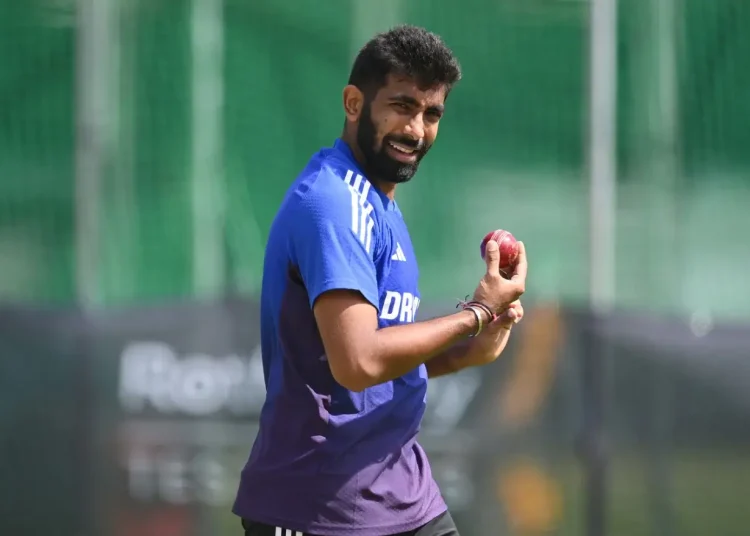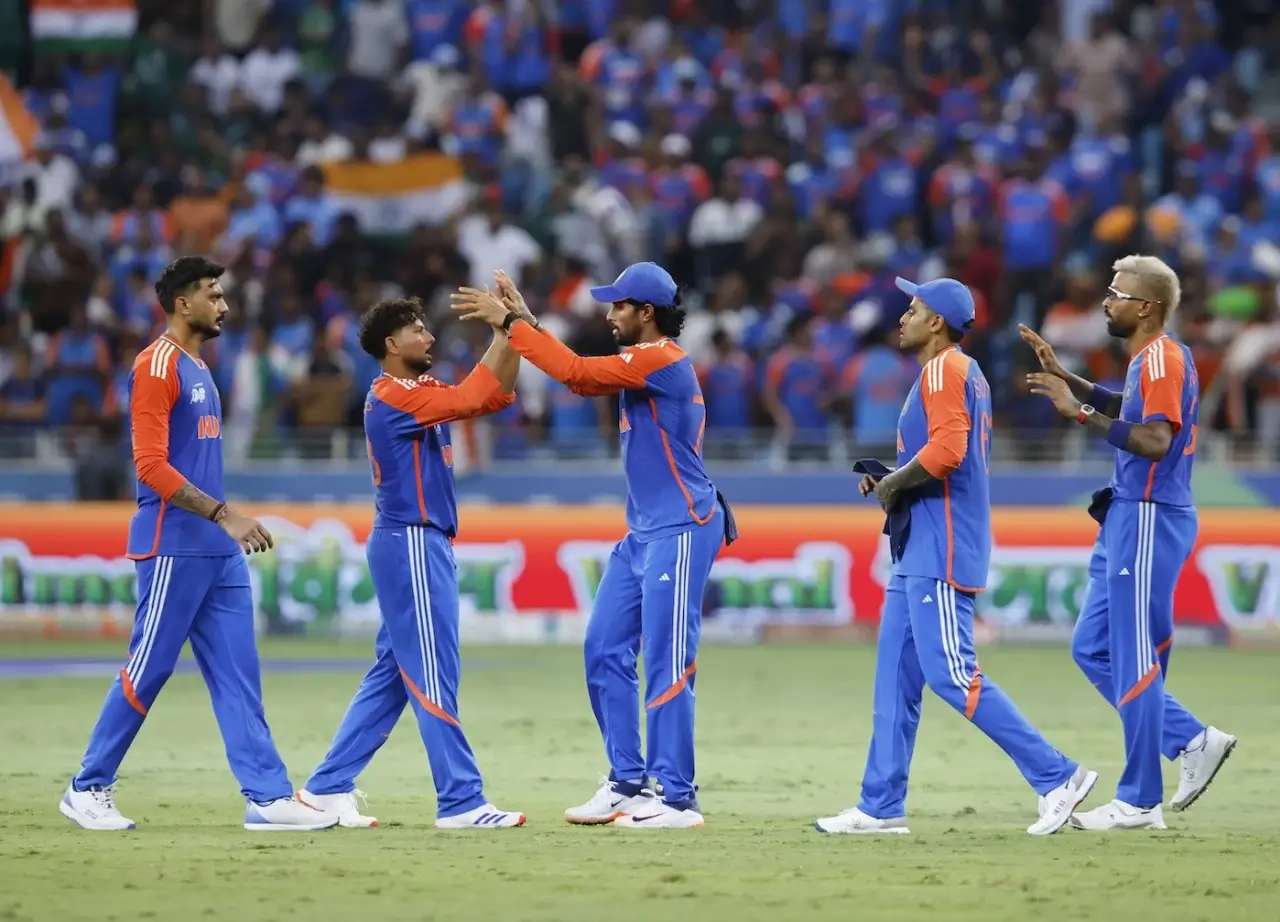India’s Asia Cup campaign has started with a surprise strategy around Jasprit Bumrah. Traditionally, Bumrah has been India’s banker in the death overs. His skill with yorkers and slower balls has often decided tight games. But this time, India has turned the script on its head. In both games, Bumrah has bowled three of his four overs inside the powerplay. This change has already drawn attention across the cricketing world.
Against the UAE, it looked like a move to ease Bumrah back after his short break. But when India repeated the tactic against Pakistan, it confirmed a new approach. India is banking on early wickets to give their spin trio of Axar Patel, Kuldeep Yadav, and Varun Chakravarthy more control in the middle overs. The team has gone with batting depth until No. 8, which means they are relying on just one specialist pacer alongside Hardik Pandya.
The risk is obvious. With Bumrah used early, India may be light in the death overs. Pakistan nearly took advantage when Shaheen Afridi smashed a late cameo. None of the spinners are regular death bowlers, and dew could make life harder later in the tournament. The question now is whether this strategy will work against stronger opposition and how India will manage Bumrah’s workload as the tournament progresses.
Why Can Arshdeep Also Play in the Next Matches?

Arshdeep Singh has been India’s go-to bowler in the death overs over the past two years for the Punjab Kings in the IPL. His ability to nail yorkers and maintain calm under pressure makes him the ideal balance to Bumrah. With India frontloading Bumrah, the team may find themselves short on options in the final overs. Arshdeep on the bench looks like an untapped weapon waiting for his chance.
If India faces a high-scoring opponent in the Super Four, his inclusion could be vital. Unlike Hardik Pandya, who can leak runs under pressure, Arshdeep has the numbers to back his role. His T20I record in the death phase is among the best for India since 2023. Bringing him in also gives Bumrah more freedom to bowl in two separate spells, one with the new ball and one in the death overs.
Arshdeep’s Edge Over Current Combination
Arshdeep’s left-arm angle also brings variety to the attack. India has relied heavily on right-arm seam and spin in this Asia Cup. Against teams like Sri Lanka or Afghanistan, who handle spin well, Arshdeep’s swing and pace variation can break momentum. If the management wants balance, Arshdeep is the first option to restore control.
Bumrah’s Workload and Skills Management in the T20 Matches
Bumrah is India’s most important T20 bowler. But overuse early in games raises concerns about his workload and skill management. In 244 T20 matches before this Asia Cup, he bowled three overs in the powerplay only 11 times. That shows how rare this current strategy is. Even in IPL 2025, he averaged just one powerplay over per game.
The management must weigh the benefits of early wickets against the risk of losing him at the back end. Former pacer Varun Aaron has suggested a 2-2 split. Two overs upfront, two overs later gives India flexibility in both phases. Without it, India risks opponents targeting spinners at the death. Bumrah going for 12 in the 19th against Pakistan was an example.
Why Rotation Matters for Bumrah?
With the T20 World Cup around the corner, workload management is crucial. India cannot afford Bumrah to break down before the big event. Splitting his overs protects his body while keeping him effective. It also ensures India has him when it matters most, in the last four overs where games often swing.
How Is India Preparing for the Next Matches?
India has already qualified for the Super Four. Their next game against Oman is a chance to test combinations. It is possible that Arshdeep Singh or Harshit Rana may get a game to balance the attack. India has leaned heavily on spinners in the first two games. Giving more opportunities to pacers can provide cover for later stages.
The spin trio has been brilliant so far, but their lack of death-overs experience is a concern. Against Pakistan, the final overs went for 44 runs. That shows how opponents can stretch India when Bumrah is not available. Managing this issue before the knockout rounds will be a priority.
Areas India Needs to Focus On
The dew factor could also play a role in Abu Dhabi and Dubai. India must prepare for wet conditions, where gripping the ball is tougher. Training with wet balls and simulating late-evening conditions can help spinners adjust. Planning for such conditions now will avoid surprises later in the tournament.
Conclusion
India’s choice to use Bumrah heavily in the power play has changed the team’s bowling rhythm. Early breakthroughs give spinners freedom, but the lack of control in the death overs is worrying. If India continues this plan without support, strong batting sides can punish them late.
Arshdeep Singh remains the obvious solution. His calmness under pressure and skill with yorkers make him the natural partner for Bumrah. Including him adds depth and variety, while also reducing Bumrah’s load. With more matches ahead, India has the chance to fine-tune their balance before the knockout stages.
The Asia Cup may not demand perfection yet, but the T20 World Cup will. India must decide quickly whether this frontloading Bumrah strategy is sustainable or if it needs a rethink. Flexibility, balance, and workload management will determine how far this approach can take them in crunch games.















